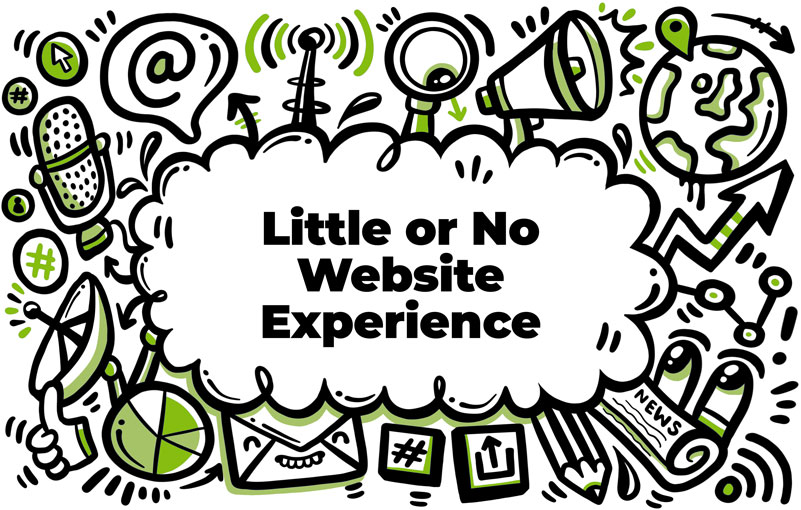How to Create a Content Calendar for Your Small Business Website
As a small business owner, one of the most effective ways to keep your website engaging and relevant is by regularly updating it with fresh content. However, to do this efficiently and with purpose, you’ll need a well-structured content calendar. This guide will walk you through the process, showing you how to create a content calendar for your small business website.
Understanding the Importance of a Content Calendar
Content is a crucial component of your online presence, playing an essential role in Search Engine Optimisation (SEO) and keeping your audience engaged. Whether you’re drafting blog posts, updating product pages, or creating engaging social media content, a content calendar helps organise and streamline these efforts.
A content calendar is a visual workflow that schedules and manages your content publishing. It helps to ensure that your content is evenly spread out and published at the most effective times, while keeping your content diverse and balanced.
Moreover, a content calendar can help you capitalise on key times in your industry. For instance, if you run a retail business, you might ramp up your content production around peak shopping periods like Christmas or Black Friday.
What You Need to Include in Your Content Calendar
Building an effective content calendar requires more than just plugging in dates and content titles. You should include:
- Content Details: This includes the title, format (e.g., blog post, social media update), and a brief summary of the content.
- Publish Date: When you plan to publish the content.
- Status: Current state of the content (e.g., idea, in progress, completed, scheduled for posting).
- Assigned To: Who is responsible for creating and posting the content.
- Channels: Where the content will be published (e.g., your website, a specific social media platform).
- Performance Metrics: Key performance indicators (KPIs) related to the content, such as page views, shares, likes, comments, and time spent on the page.
Remember, your content calendar should align with your overall business goals. Our article on Setting SMART Goals for Your Small Business Website provides useful guidance on this matter.
Steps to Creating Your Content Calendar
Conduct a Content Audit
Start by auditing your existing content. Look at what has worked well in the past and what hasn’t. Use tools like Google Analytics to assess performance and guide your future content creation efforts.
Identify Your Content Themes
Having clear themes will help ensure your content remains relevant and interesting to your audience. Themes should be aligned with your business and customer interests.
Create a Content Schedule
Decide how often you want to publish new content. Be realistic about what you can achieve — it’s better to consistently produce quality content than to churn out sub-par content frequently.
Assign Tasks
Identify who is responsible for creating, editing, approving, and publishing each piece of content.
Review and Adjust Regularly
Your content calendar should be a living document. Regularly review and adjust it based on performance data and changing business needs.
In conclusion, a well-structured content calendar is a must for any small business owner looking to keep their website content fresh, relevant, and engaging. It may take some time and effort to set up initially, but the benefits in terms of organisation, consistency, and content quality are well worth it.




